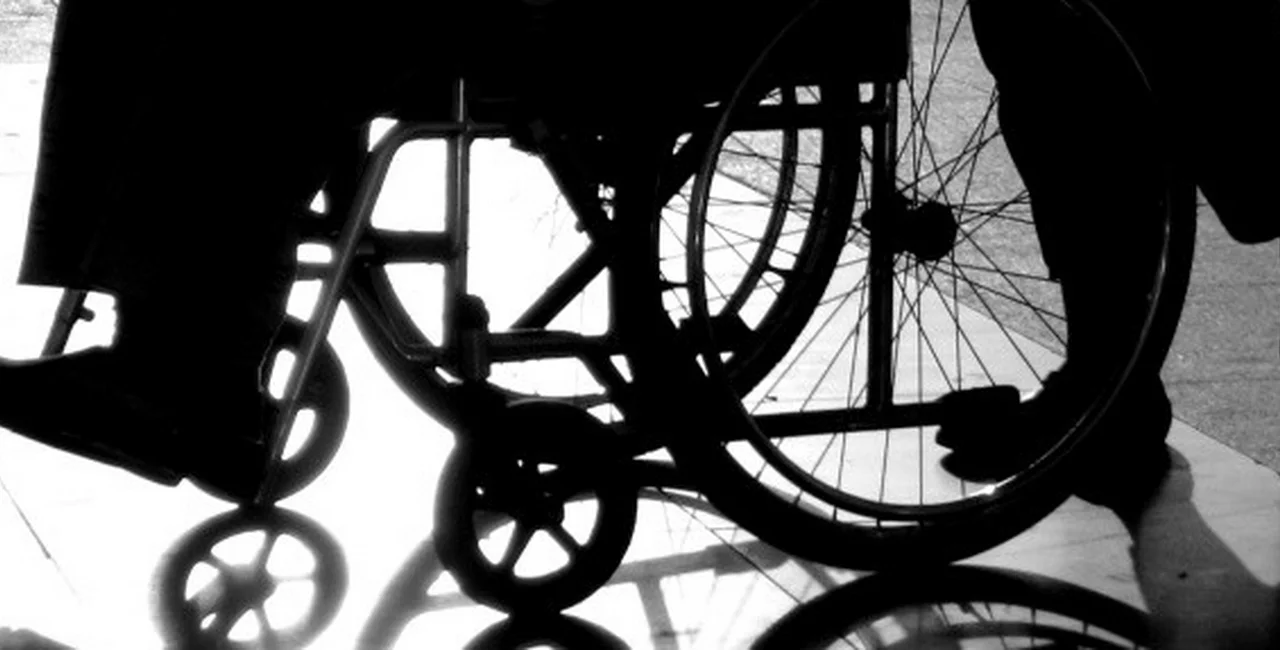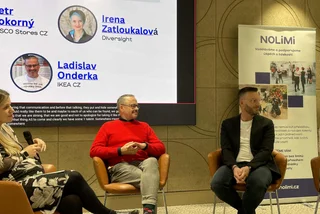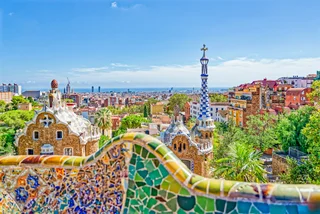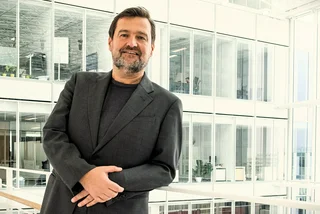For a wheelchair-bound person experiencing Prague’s centre to the full means to overcome several obstacles. Historical monuments, pubs in dungeons, and winding cobbled streets are all must-sees when in the city, many of them however, still remain inaccessible.
For me life on a wheelchair in Prague is split into two ways: On the one hand I enjoy a perfectly normal existence – I go to school, work, go out with friends etc. There are times however where this is extremely difficult to do.
One small glitch on the way – a malfunctioning elevator, a bus driver who refuses to help you on to the bus (regardless of the snow storm raging outside) or an incorrectly marked accessible tram – and the entire day’s plans are ruined, and I end up stuck in place. It is at those times that I realise that Prague still has to make many improvements, in order to become the ideal barrier-free city.
Travelling on the public transportation
Currently the Prague Public Transit Co. Inc. has 65 percent accessible buses and 21 percent accessible trams. The numbers are growing gradually but often there are large time gaps between the arrivals of accessible vehicles.
‘I can never find a time that would suit my schedule.’ says Karolína Chloubová, wheelchair-bound student. Because of this she prefers not to travel on the public transportation which means she has to drive several kilometres a day on her wheelchair, and she is certainly not the only one.
Another issue are the tram stops, many of which have high curbs or the descent from the tram is directly onto the road for which the ramps in the trams are insufficient.
Marie Málková of the Prague Association of Wheelchair Users describes the necessary improvements that the association has proposed and which will hopefully be realized in the near future.
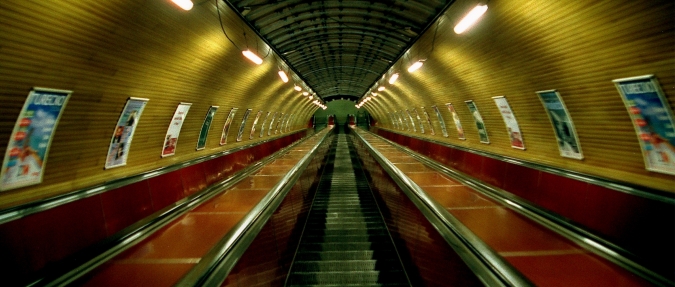
‘Tram stops that are being reconstructed will have to be made accessible. Consecutive tram stops will have to have at least every other stop accessible. Also the tram stops near accessible or soon-to-be accessible metro stations will have to be barrier-free in order to secure connecting transportation.’ says Málková.
The metro remains to be the most realiable means of transportation for the wheelchair-bound – still there are some drawbacks to using it. Elevators and ramps leading down to the metro are still not a guarantee of access – frequently you may find them out of order.
In the centre of Prague there are now only four barrier-free stations: Florenc, Muzeum, Smíchovské nádraží and Hlavní nádraží.
Night travel
The metro shuts down a little after midnight and with that the opportunities for travelling on public transportation for the wheelchair-bound become practically non-existent with only a handful of accessible night trams and buses.
The Prague Public Transit state that they include only a few accessible vehicles during the night due to the fact that the they get damaged by vandals. The accessible vehicles are therefore spared for the day when the demand for them is bigger.
Before using the public transportation it is therefore advisable to check the Prague Public Transit website www.dpp.czwhere you can find the ideal accessible connection and see which elevators are currently not working to make your journey as smooth as possible.
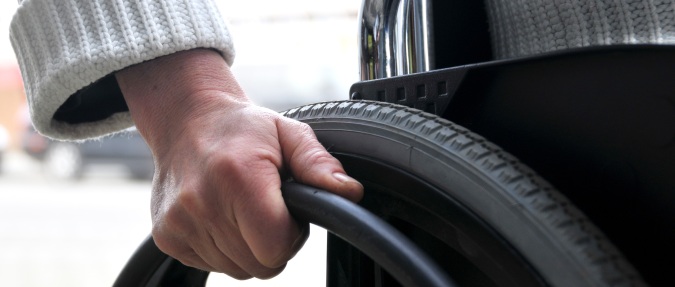
Sightseeing in Prague
Sightseeing is something that visitors of the city come back for repeatedly. No wonder – the historical centre of Prague was given UNESCO World Heritage status in 1992. This however means that building a barrier-free access not only to the sights themselves but also to other buildings in the city’s centre is not something that can be easily done.
‘All the changes concerning barrier-free access have to be approved by the heritage departments. The aesthetic or technical properties of a building have to be maintained even to the detriment of barrier-free access.’ says Ondřej Zmek, architect, who is currently designing a barrier-free toilet for a cafe in the historical centre of Prague.
The most famous must-sees of Prague such as the Prague Castle, Charles Bridge or the Old Town Square are all accessible – to an extent.
The Prague Association of Wheelchair Users has put together a guide called Prague Heritage Reservation: Accessibility Atlas for People with Impaired Mobility, which can be obtained for example at Prague Information Service center on Old Town Square. It maps historical places in Prague and in detail describes their accessibility: the best ways to get there, the terrain, widths of doors, sizes of elevators – simply all the information you may need.
Frequent complications you are likely to encounter while sightseeing include: difficult terrain, steep ramps, small elevators, and sometimes even a few stairs. The barrier-free access is sometimes located somewhere in the back of the building and may be hard to find, the exact location is described in the Atlas.
Accessible Prague is a company that offers services for the wheelchair-bound, people with walking difficulties and the visually impaired. They give specialised tours of historical Prague, that are promised to be ‘unforgettable and troubleless’ and of course barrier-free.
If you are planning to visit Prague and want your journey to be as smooth as possible Accessible Prague can provide you with info on barrier-free accommodation, secure means of transportation, and even provide you with a personal assistant. More Info here: www.accessibleprague.com.
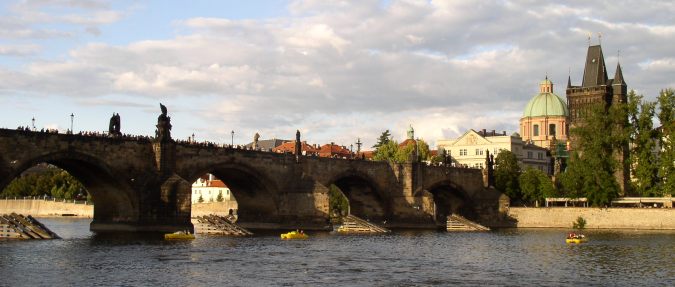
Living the pub life – or not?
Pubs, bars, cafes, restaurants and clubs located in the centre of Prague are all a part of the Prague experience. Accessibility-wise they remain the places that are most neglected.
Zmek explains the law concerning accessibility: ‘Every newly build or reconstructed building that is open to public has to have a barrier-free access.’ This does mean that the law should apply to pubs, bars etc. unfortunately it often gets ignored.
‘New restaurants and cafes often get reconstructed without the proper permits. People think that the reconstruction is minor and that they do not have to notify the authorities, who in turn cannot oversee that the law is being maintained and the access build.’ concludes Zmek.
If you happen to find an accessible pub in Prague it is rarely equipped with a barrier-free toilet. The best solution is to use one of the accessible public toilets which are all mapped in the Accessibility Atlas.

Still, there are some places in Prague, where you can enjoy a beer barrier-free. Here are a few tips:
Cafe Therapy is only a few minutes drive from Wenceslas square. During the Happy hour every third beer or wine is for free, there is an isolated non-smoking section and an accessible toilet which goes great with beer.
Cafe Jericho is cafe/wine bar offering a wide selection of wines and ciders as well as good coffees. It has a pleasant intimate atmosphere. Jericho has a barrier free toilet.
Kozlovna restaurant is the type of place that manages to keep the traditional Czech pub feel and still be very clean and modern.The menu offers traditional Czech cuisine. There is small stair at the entrance to Kozlovna (about 15 cm high). The pub does not have a barrier-free toilet.
Red Room is a cocktail bar near Karlovo naměstí. Cocktails come at around a hundred a piece and the selection is wide. Red Room has live music every Wednesday and Friday that all the lovers of contemporary rock and indie music are sure to enjoy.
Ta Kavarna is a spacious barrier-free cafe and workplace for people with disabilities.
Prague is not the ideal barrier-free city but it is slowly improving. Experiencing Prague on a wheelchair does take some patience and creativity but there are so many things that you can do and see in in the city that if you can’t do them all you are still likely to be busy.












 Reading time: 6 minutes
Reading time: 6 minutes 